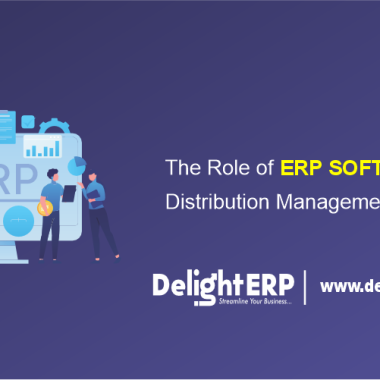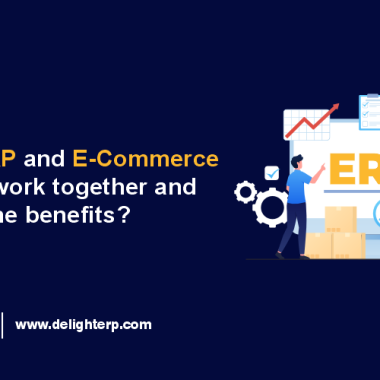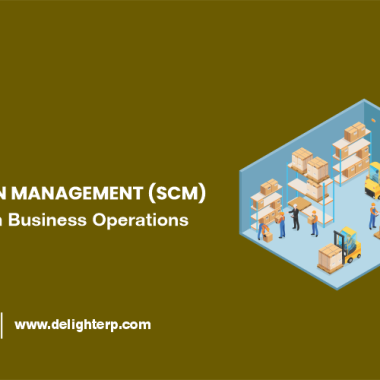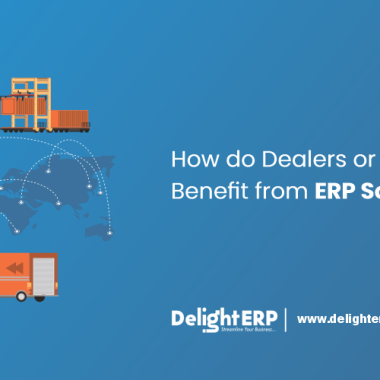With the help of this share, we are going to explain what is product life cycle management. And also we talk about how to handle the product life cycle easily with ERP software.
The idea had been born nearly 1931 as stages of goods life and handling those stages. Later on nearby 1957, an advertisement company has given a theory called Five-Phase lifecycle for products, starting from analysis, raising and middle age, penetration, and take a rain check.
Afterward, PLM (Product Lifecycle Management) had been flourished as an industrialized as well as an advertising tool for a company wishing to increase the benefits to transport the latest
Products In The Market Foremost:
Most modern PLM had happened in 1985 with AMC (American Motors Corporation). They were wanted to fasten up their product manufacturing process to give competition in a better way against their larger competitors.
Due to a lack of finances, AMC had determined to focus on strengthening the production lifecycle of its leading product, specifically Jeeps. They followed this method and manufactured the most modern Sport Utility Vehicle to the marketplace.
PLM Definition:
Any of the product manufacturing is passes through some typical stages like Inception, designing, and development, constancy, penetration, and downswing. Production and Advertising are both involved in the handling process. The thought of the product life cycle assists the firms in decision-making, product rates, and advertising for the development or cost-cutting.
Perceptive of PLM (Product Lifecycle Management):
Production companies have their missions and visions to achieve. Different companies, departments, and employees are involved in streamlining the production process to achieve the ultimate goal of developing a product that gives a massive competition to the competitors, highly commercial, long-living products, and the market tech-savvy and satisfies the customers.
PLM helps enterprises to make complex engineering challenges to simple for product development and management. It can be considered as one of the milestones to achieve by the business firms. Those milestones are as follows:
- Simpler product development
- Maintaining relationships with clients
- Managing supplies
- Dealt with resources inside the company
Brilliant Advantages of PLM:
PLM is just like something taking care of aspects of a particular product from early development to the product retreat. Isn’t that sound very relaxing? PLM is just doing that. Following are the
Main Benefits Of It:
- Lesser time for a product to come in the market
- Increased quality and reliability of the product
- Improved product safety
- Design and data integration through software
- Easy process management
- Less prototyping charge
- A platform for product optimization
- Increased sales opportunities
- Reeducation of wastes and errors
- Reusability of data
- Seasonal variation management
- Easy Documentation as per industry standards
- Better supply chain association
- Forecasting to reduce the overall cost
What is ERP?
Core ideas needed to run business firms are Production, Human Resource, packaging and logistic, finance, customer relationships, maintenance, services, business intelligence, and others. An ERP(Enterprise Resource Planning) at a fundamental level brings all of these together on a single platform.
Organizations are using ERP to manage business functions with a consolidated and incorporated system. ERP can be used in several industries like educational institutes, healthcare, government offices, NGOs, construction, hospitality, etc. ERP system helps them to handle staff data, inventory, supplies, customers, etc. It helps through maintaining a shared database, allows all employees of different departments’ based on standard information. In addition to that, all these data are ordered, scrutinized, and help make reports in a minute.
Emerging technologies like the Internet of Things, Artificial Intelligence, Machine Learning Automation, and Blockchain, Data Analytics will also affect ERP systems to come up with some handy features. Next generations’ ERP may help for customer satisfaction, to deal with increasing business competitions, the more digital revolution. As a result, today’s ERP systems may be replaced by new systems full of intelligence.
How To Handle Product Life Cycle Management Using ERP
ERP and PLM both are the tools to carry commercial needs; both are competing with each other. PLM is serving to deal with a product from starting the paperwork, which is corrected in addition to putting to market in favor of production. ERP is dealing with outcome-based realities stored in PLM, which helps enterprises manage enterprises’ resources along with monetary matters and other commercial tasks.
The integration of PLM with ERP offers the updates of manufacturing assembly up to the minute. Those records, later on, can be shared among other development units to deal with financial issues.
Both ERP and PLM manacles enterprise desires. The characteristics of both the systems are:
PLM:
- merchandise handling
- Documentation
- Agreement management
- Managing Billing of raw materials
- ERP:
- Record Keeping
- Order Fulfillment
- Procures
- Manage Auditing
Why Industries should spend on ERP and PLM:
1. Enhanced Decision Making:
In this highly growing economy, an immediate decision is very critical. Precise and concrete information is required for management to do so. The duo of ERP and PLM consolidate this information in a single package to put together so that it easily accessible to help in decision-making.
2. Maximized ROI:
It is said that PLM and ERP are the first decisive investments for an IT company. It gives the best outcomes, so the cost is also high. As it involves a lot of resources and bridging the gap between departments and influencing an uninterrupted implementation platform. The integration of both helps a lot to achieve the best possible outcomes, thus increases the returns.
3. Accurate Data Analytics:
If you know every aspect of the product, you can manage all resources, time, and cost more accurately for production. With the integration of PLM and ERP, you are having immediate access to all required product details. Those data analysis can be used to utilize resources in a better way, plan the production as well as predict the outcomes.
4. Intergraded Departments:
There are some challenges in business enterprises due to the communication gap, it is not the only gap, but that is stepping back to a lot of industries nowadays. Integrating all departments through PLM and ERP means collaborating all departments on a single platform, motivating them to achieve a common goal.
5. Saved time to sync data:
Users spare a lot of time to sync production data either manually or in a lot. This is very serious for productivity and also may lead to severe errors.
6. Surety for Product Quality:
Specifications matter a lot in production. Integration helps a lot in revenue generation for smoothing the assembly lines. Incorrect procurements may lead to compromise quality, thus creating a product that is not marketable or not liable to claim remarkable specifications.




